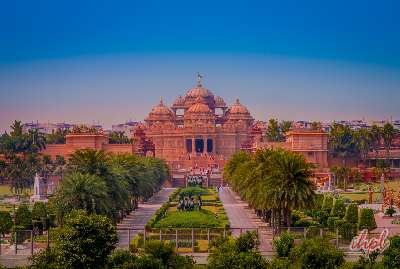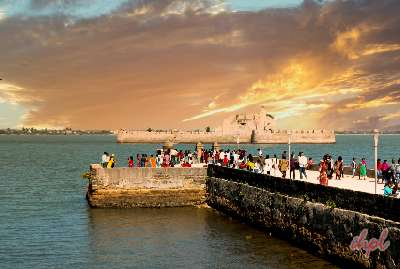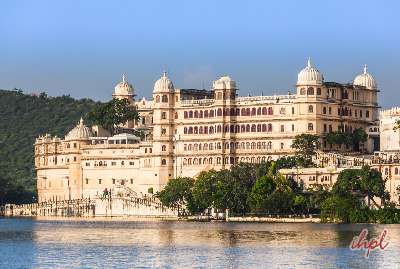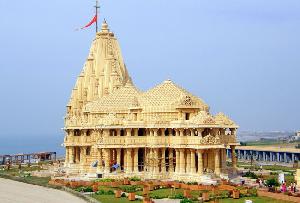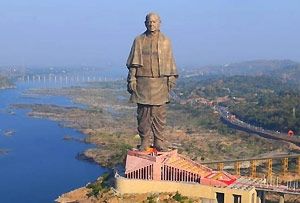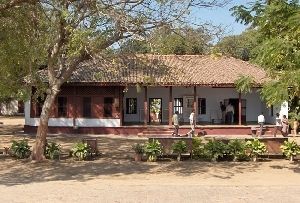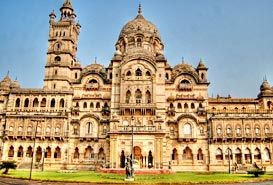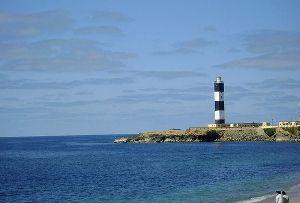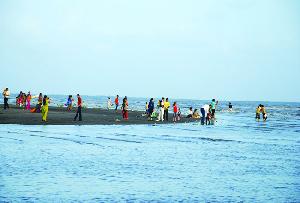The state of Gujarat boasts of a number of historical Forts and monuments in Junagadh. Built and rebuilt repeatedly, the Uperkot Fort, Junagadh, one of the two fortifications of the city, has of late become one of the main Tourist attractions in Junagadh. Adding to the advantage of the fort being less thronged has helped it retain the ethnicity without losing any bit of its charm.
History of the Uperkot Fort, Junagadh:
From the little chronological information that we get regarding the historical origin of the Uperkot Fort, Junagadh, was built by Chandragupta Maurya in 319 B.C. Later, around 10th century, Rah Grahar reconstructed the entire palace out of the ruins and built the fort along with all the updated requirements of a proper one. However, according to whatever evidence is available, it can be said that the fort was erected in or around the third century or in the times of the Mahabharata.
Concrete historical pages since 875 A.D say that the Uperkot Fort had served as the capital to 20 rulers of the following dynasties: Maurya, Gupta, Mandlik, Mahipal, Khengar and Navghan, sustaining 16 assaults, the last one being in 1784 all with little success though. Further down, the fort has been put to use by the British as military quarters for the country till year 1947.
Browse through our Gujarat Tour Packages from Mumbai, Gujarat Tour Packages from Chennai, Gujarat Tour Packages from Kolkata, Dwarka Tour Packages from Hyderabad
Description of the Uperkot Fort, Junagadh:
Covering an area of 2.74 lakh sq. mts, the Uperkot Fort, Junagadh is fenced high till 66 feet and lengthwise up to 3080 meters. The initial material of interest comes as the sequence of three royal gateways that welcome one into the fort inside. Next, the Nilam canon catches ones eyes immediately after entering the fort. Cast in the year 1531 in the country of Egypt, the famous canon was left back by a Turkish admiral, Sulaiman Pasha, who served as an assistant to the Sultan of Gujarat during the tensions against Diu in 1538.
The major monuments inside are Jami Masjid, the mosque, the pillared Buddhist caves and the most interesting of them all, the two step wells or irrigation tanks.
The mosque of the Uperkot Fort, Junagadh, originally the palace of Ranakdevi and later turned to a mosque by Muhammad Begada, stands more or less in a pathetically dilapidated state of non-maintenance and encroachment.
The 1500 year old Baba Pyara Buddhist caves, originated in times of Ashoka, are artificially carved out , going deep into three storeys and archeologists date it back to around the 2nd century. The air conditioning system circulated through the channels of water running through the passages is unique. The 6 pillars bear beautiful carvings on them.
The stepwells, named as Adi-Kadi Vav and Navghan Kuvo exhibit excellent architectural specimens by Chudasma Rajputs The former goes down to 250 steps and the latter has a winding staircase of 52 meter depth.
Check out Gujarat Tour Packages, Ahmedabad Tour Packages, Sasan Gir Tour Packages, Kutch Tour packages, Patan Tour Packages, Saputara Tour Packages, Somnath Tour Packages, Zainabad Tour Packages, Junagadh Tour Packages, Jamnagar Tour Packages



